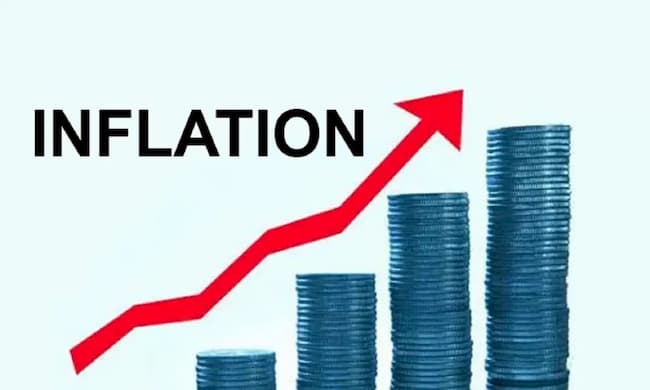Analysts at the Financial Derivatives Company (FDC) have estimated that headline inflation is likely to jump by 0.44 per cent to 18.2 percent in May 2021.
The National Bureau of Statistics report showed that Nigeria’s prevailing inflation rate dropped to 18.12 percent in April but many analysts have expressed doubt that this will be a trend in the following months.
The team of analysts led by Bismarck Rewane also projected that food inflation will rise to 24.15 percent in May.
FDC said, “Based on our time series model and market survey, headline inflation is likely to increase to 18.2 percent in the month of May from 18.12 percent in April. Food inflation is projected to rise to 24.15 percent in May.
“The earlier news that headline inflation slipped marginally in April 2021 was received with a certain amount of scepticism by analysts.
“This was mainly due to the fact that anecdotal proxies seemed to be running contrary to the data.
Analysts at FDC said it was difficult to comprehend how food inflation in Nigeria would be running in the opposite direction of the global food basket.
READ ALSO: Nigeria Cannot Afford High Inflation Rate – MAN
They noted that Food and Agricultural Organisation (FAO) reported that global food prices are at a 10-year high of 4.8 percent.
The analysts said, “In Sub-Saharan Africa, four of the countries under our review (Angola, Kenya, South Africa and Zambia) recorded higher inflation rates. Apart from Kenya, these countries have inflation rates higher than their interest rates.
“Apart from the anticipated rise in headline (y-o-y) inflation, our model also indicates a sharp increase in monthly inflation to 1.2 percent (15.34 percent annualized) from 0.97 percent (12.3 percent annualized) in April.
“Core inflation (inflation less seasonalities) is also likely to creep up to 13.32 percent from 12.74 percent in April.”
They identified fiscal deficts, exchange rate, insecurity as well as high fuel and electricity prices as factors pushing up prices in the country.
“Insecurity has been a major disruptor to the commodities value chain. Our market survey revealed that commodities with the highest price increases are grown in the North,” they said.
“In the last five months, the price of beans increased by almost 50 percent, tomatoes jumped by 285 percent while pepper surged by 300 percent.”













